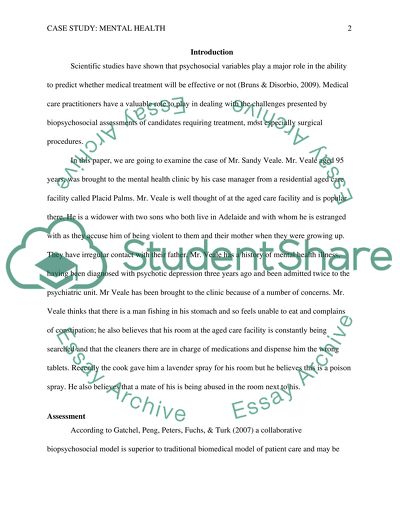Cite this document
(“Mental Health Case Study: Sandy Veale Essay Example | Topics and Well Written Essays - 2500 words”, n.d.)
Mental Health Case Study: Sandy Veale Essay Example | Topics and Well Written Essays - 2500 words. Retrieved from https://studentshare.org/nursing/1473992-mental-health-case-study-sandy-veale
Mental Health Case Study: Sandy Veale Essay Example | Topics and Well Written Essays - 2500 words. Retrieved from https://studentshare.org/nursing/1473992-mental-health-case-study-sandy-veale
(Mental Health Case Study: Sandy Veale Essay Example | Topics and Well Written Essays - 2500 Words)
Mental Health Case Study: Sandy Veale Essay Example | Topics and Well Written Essays - 2500 Words. https://studentshare.org/nursing/1473992-mental-health-case-study-sandy-veale.
Mental Health Case Study: Sandy Veale Essay Example | Topics and Well Written Essays - 2500 Words. https://studentshare.org/nursing/1473992-mental-health-case-study-sandy-veale.
“Mental Health Case Study: Sandy Veale Essay Example | Topics and Well Written Essays - 2500 Words”, n.d. https://studentshare.org/nursing/1473992-mental-health-case-study-sandy-veale.


